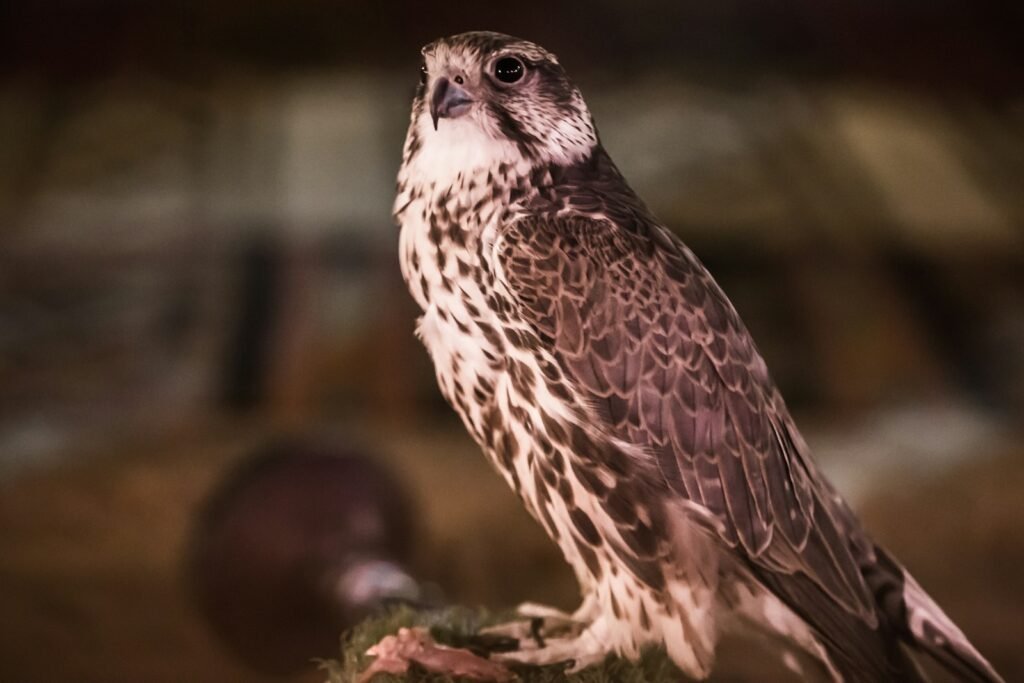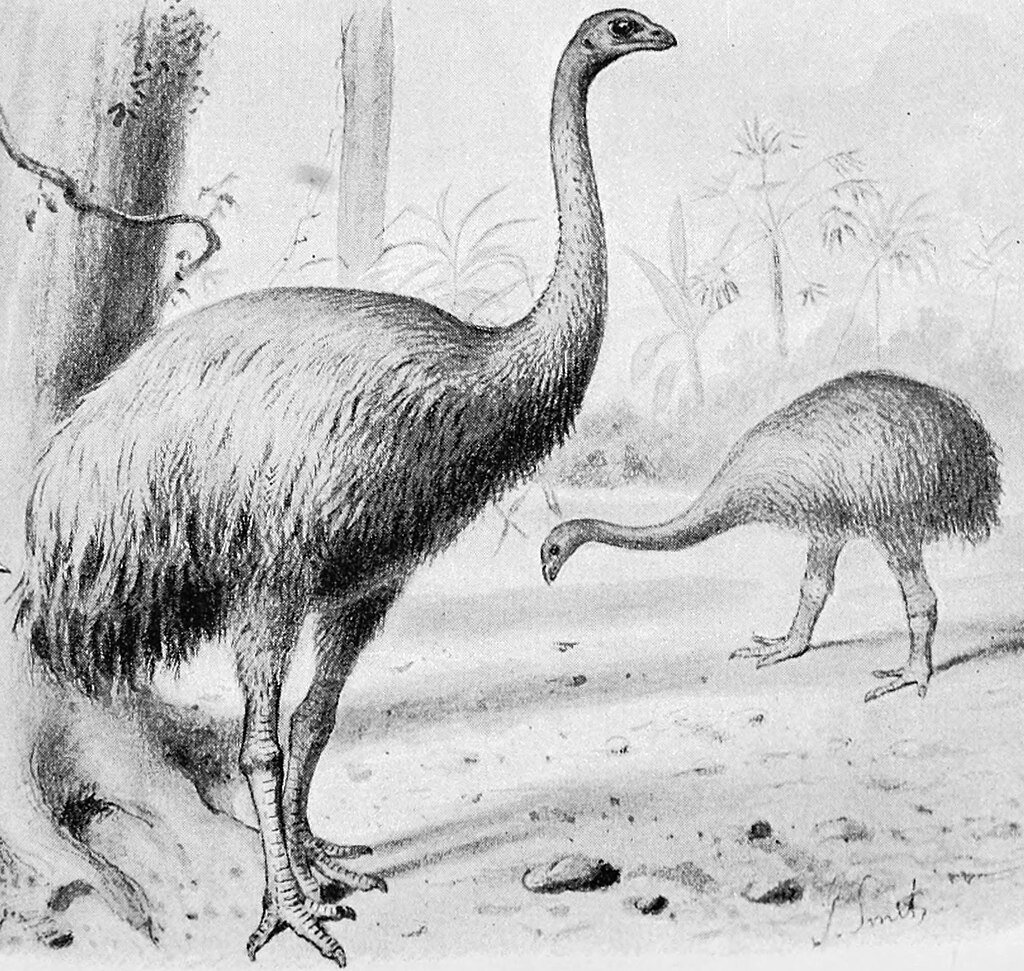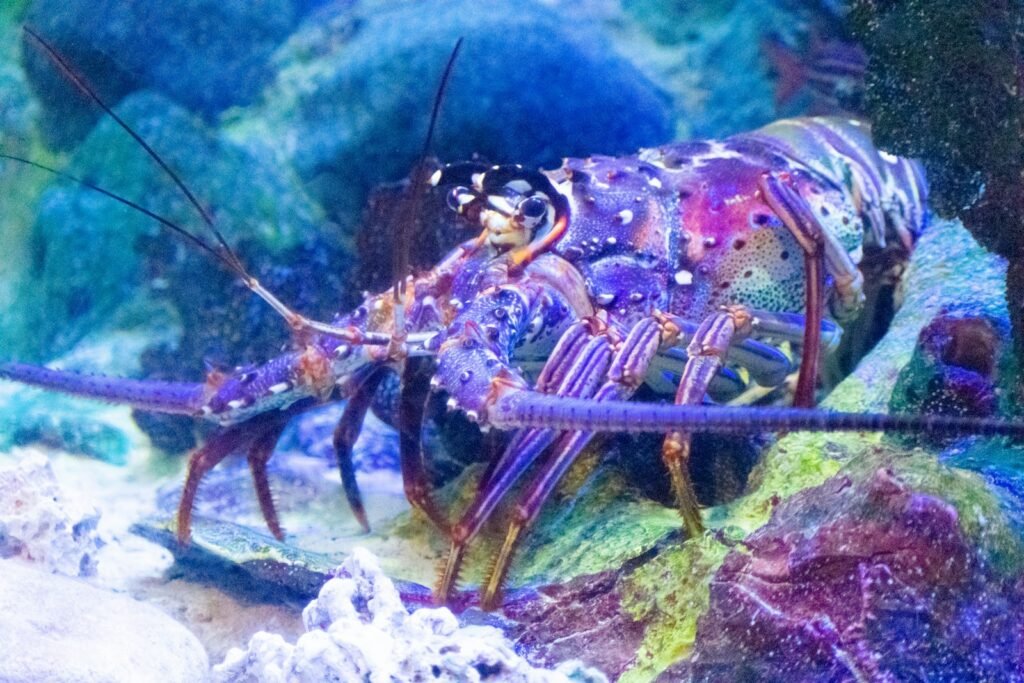On certain spring mornings, the sound that cuts through traffic on the FDR isn’t a horn but the sharp cry of a peregrine falcon. Once missing from much of the Eastern United States, these aerial specialists are now thriving above Manhattan’s glass canyons and along the city’s steel-laced bridges. Their comeback feels both improbable and inevitable, a story of adaptation meeting opportunity. The mystery is no longer whether peregrines can survive in a metropolis, but how they’ve turned it into a high-rise stronghold. The answer reveals a city reimagined as wild habitat – messy, vertical, and astonishingly alive.
The Hidden Clues

Look up from a crosswalk, and you might spot the first clue: a dark, tapering silhouette carving a clean arc between rooftops. There are feathers on windy ledges, fresh white splash marks below favorite perches, and occasionally a neat pile of pigeon remains tucked behind ventilation pipes. Window washers report sudden shadow-bursts at eye level, and bridge inspectors swap notes about fast-moving birds slicing along truss lines like guided arrows. These fragments tell a clear story of territory, hunting, and family life unfolding hundreds of feet above the sidewalk. The city’s skyline doubles as a field notebook written in wing-beats and echoes.
Another clue is social: once you notice one peregrine, you start hearing from people who’ve seen them too. Office workers share elevator rumors about rooftop chicks, dog walkers point at aerial chases over parks, and cyclists catch dusk dives along the waterfront. It’s an underground newswire powered by awe and phone cameras, and it maps a population that is both widespread and surprisingly local. Each pair holds the city in a set of invisible rings, centered on a chosen ledge that functions as home base. What looks like chaos from street level is, from a falcon’s vantage, a grid of routes, rules, and roosts.
Skyscrapers as Cliffs

Peregrines evolved to nest on sheer rock faces, scraping a shallow bowl in gravel and guarding a view that makes ambush possible. A 50th-floor setback with a gritty corner feels close enough, and the updrafts around tall buildings provide the lift these birds love. Tower edges create wind lanes that act like conveyor belts, letting peregrines rocket forward with minimal effort. Architectural ornament becomes foothold, service alcoves become nurseries, and maintenance doors become gates to a private world. In a city that prizes vertical ambition, peregrines are the ultimate tenants.
Bridges offer their own cliff stand-ins: protected nooks, stout girders, and airspace that connects boroughs like a chain of aerial highways. From those perches, a falcon can monitor several neighborhoods at once without burning much energy. The geometry of steel – angles, webs, and arches – creates perfect sight lines for intercepting prey on the wing. Add the constant river winds, and you have a platform tailor-made for high-speed hunts. The species didn’t change its preferences; it simply discovered them in an unexpected form.
From Ancient Tools to Modern Science

Humans have watched peregrines for centuries, yet our modern toolkit has sharpened the picture of how they use cities. Lightweight leg bands track individual birds across years, revealing which ledges succeed and which fail as nursery sites. Tiny GPS transmitters show dawn patrols along river corridors and midtown loops that repeat with near clockwork precision. Rooftop cameras document hatching, feeding, and the nerve-wracking first flights that send fledglings skimming past boardrooms. Together, these methods turn guesswork into patterns and patterns into management plans.
What began as emergency reintroduction decades ago has shifted into long-term urban stewardship. Conservation teams test nest-box designs, tweak gravel mixes, and time maintenance so it doesn’t collide with nesting schedules. Building staff learn to spot the subtle signs of incubation, and wildlife responders stage gentle interventions when young birds stall on ledges. Even public reporting has matured: structured portals and community science apps transform casual sightings into usable data. The result is a feedback loop where each season teaches the next one how to go a little better.
The Prey-Rich City

New York runs on energy, and for peregrines that fuel is birds – pigeons, starlings, and gulls in abundance. The city’s waterfronts funnel migratory traffic along the Atlantic Flyway, seasoning the menu with seasonal visitors. Night-lit skylines can draw migrants into lower airspace, and peregrines capitalize by patrolling those corridors at dawn. Daytime brings tide-driven gull movement, park-edge flurries of passerines, and a constant pulse of pigeons that stitch neighborhoods together. To a peregrine, this is a buffet that never fully closes.
Hunting tactics adapt to the city’s rhythm. High-speed stoops from building crowns snatch prey mid-air, while short, snapping chases along facades exploit the element of surprise. Ledges become butchering stations where wind clears feathers and gravity hides the evidence. Even the notorious urban racket can be an ally, masking approach sounds as traffic roars and sirens flare. The city that overwhelms human senses often hands peregrines exactly the cover they need.
Why It Matters

Top predators are shorthand for ecosystem function, and a thriving peregrine population speaks to cleaner chemistry and robust prey communities. Their return mirrors the legacy of banning persistent toxins and investing in healthier waterways that support the birds they hunt. In practical terms, peregrines won’t solve pest problems alone, but they can help rebalance the urban food web in subtle, cascading ways. Just as important, they humanize conservation by making it visible from apartment windows and park benches. You don’t need a field trip to witness natural drama; the city delivers it in real time.
Scientifically, cities are often treated as exceptions, yet peregrines show they can be powerful models. Urban skylines are controlled experiments in structure, wind, noise, and light, letting researchers test questions about territory size, prey choice, and learning. Compared with wilderness cliffs, access is easier and data can scale faster through sensors and participatory reporting. Lessons learned here flow back to non-urban populations facing different pressures, from cliff erosion to changing migration routes. The city becomes both habitat and laboratory, collapsing the distance between curiosity and discovery.
The Future Landscape

Tomorrow’s skyline will keep shifting, and with it the fortunes of the birds that ride its air. Expanding glass surfaces amplify collision risks, while hotter summers push nest temperatures toward stress thresholds that can threaten eggs. Rooftop build-outs – antennas, gardens, energy systems – add complexity that can be friend or foe depending on design. Meanwhile, secondhand exposure to rodenticides lurks wherever poisoned prey might pass up the chain. These aren’t abstract threats; they’re engineering choices with feathers in the balance.
Yet innovation cuts both ways. Bird-safe glass and dimmable lighting schemes already reduce mortality without dimming the city’s sparkle. Smarter nest boxes dissipate heat, shed stormwater, and shield chicks from gusts that roar between towers. Micro-GPS tags and AI-assisted video can flag distress in real time, allowing targeted, nonintrusive help. If cities adopt wildlife-aware standards as readily as they adopt new tech, falcons and people can co-author a future where resilience is designed in from the blueprint stage.
Global Perspectives

Peregrines aren’t just New Yorkers; they’ve become urban citizens in cities from London to Tokyo, each skyline offering its own quirks. Different prey bases – parakeets in some places, doves in others – produce local hunting styles that echo the culture of a city’s wildlife. Migration timing, storm patterns, and even seasonal smog create distinct constraints that scientists can compare across continents. New York’s dense verticality and coastal winds make it a standout case for high-altitude strategy. Sharing methods and results across cities turns isolated success into a global playbook.
As more than half of the world’s people live in urban areas, understanding how apex predators navigate skyscrapers becomes a mainstream conservation question. The lessons extend beyond raptors to bats using bridge undersides, swifts threading construction scaffolds, and swallows mapping ventilation currents. When cities learn to host predators safely, they usually improve conditions for lower trophic levels too. Cleaner air, safer night skies, and greener rooftops ripple through entire communities of creatures. The urban century can be biodiverse if we insist on it.
How You Can Help

Small choices stack up, especially in a city of millions. If you manage or influence a building, consider bird-safe glass treatments and seasonal light reductions during peak migration. Support non-poison rodent control methods, so predators aren’t collateral damage in a rat war nobody wins. Give nesting birds space by respecting perimeter signage, and keep dogs leashed around bridge approaches during fledging weeks. Your camera can help, too – responsible reporting through community science platforms turns a quick photo into data.
For the rest of us, attention is a powerful resource. Learn the basic field marks of a peregrine so you can tell it from a hawk at a glance, and share sightings with local conservation groups. Encourage schools and libraries to stream nest cams as real-life science class, and donate to raptor rehab organizations that field the hard calls. If you work nights, advocate for lights-out policies that save energy and migratory lives. The city listens when enough people ask.
Conclusion

I still remember pausing mid-commute as a peregrine arrowed between two towers, snapped a mid-air turn, and vanished like a punctuation mark written in wind. In that brief moment, the city felt both ancient and new, a cliffside village disguised in glass and steel. These birds didn’t just return; they rewrote the script for what a metropolis can shelter. Their success is a dare to keep building with life in mind, not as an afterthought but as a design principle. Will we take the hint and let the skyline stay wild – did you expect that?

Suhail Ahmed is a passionate digital professional and nature enthusiast with over 8 years of experience in content strategy, SEO, web development, and digital operations. Alongside his freelance journey, Suhail actively contributes to nature and wildlife platforms like Discover Wildlife, where he channels his curiosity for the planet into engaging, educational storytelling.
With a strong background in managing digital ecosystems — from ecommerce stores and WordPress websites to social media and automation — Suhail merges technical precision with creative insight. His content reflects a rare balance: SEO-friendly yet deeply human, data-informed yet emotionally resonant.
Driven by a love for discovery and storytelling, Suhail believes in using digital platforms to amplify causes that matter — especially those protecting Earth’s biodiversity and inspiring sustainable living. Whether he’s managing online projects or crafting wildlife content, his goal remains the same: to inform, inspire, and leave a positive digital footprint.




